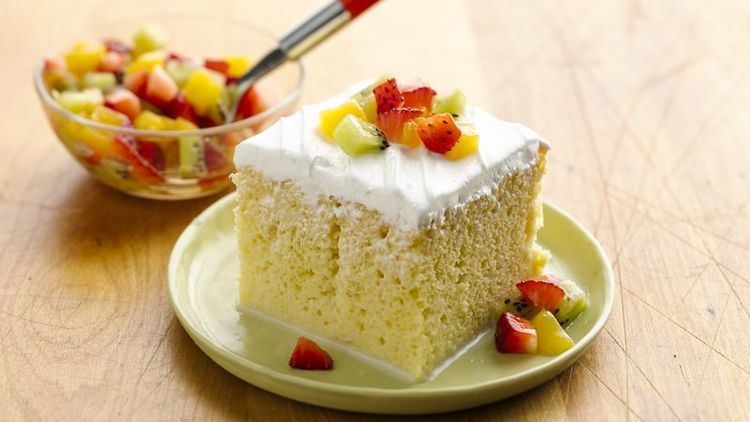 | ||
Alternative names Torta de tres leches, pan tres leches Type Sponge cake (or butter cake) Main ingredients Cake base; evaporated milk, condensed milk, heavy cream Similar Evaporated milk, Torta, Tiramisu, Crème caramel, Condensed milk | ||
Tres leches cake recipe laura vitale laura in the kitchen episode 383
A tres leches cake (Spanish: pastel de tres leches or torta de tres leches), also known as pan tres leches ("three milks bread"), is a sponge cake—in some recipes, a butter cake—soaked in three kinds of milk: evaporated milk, condensed milk, and heavy cream.
Contents
- Tres leches cake recipe laura vitale laura in the kitchen episode 383
- How to make tres leches cake
- Popularity and origins
- Variations
- References
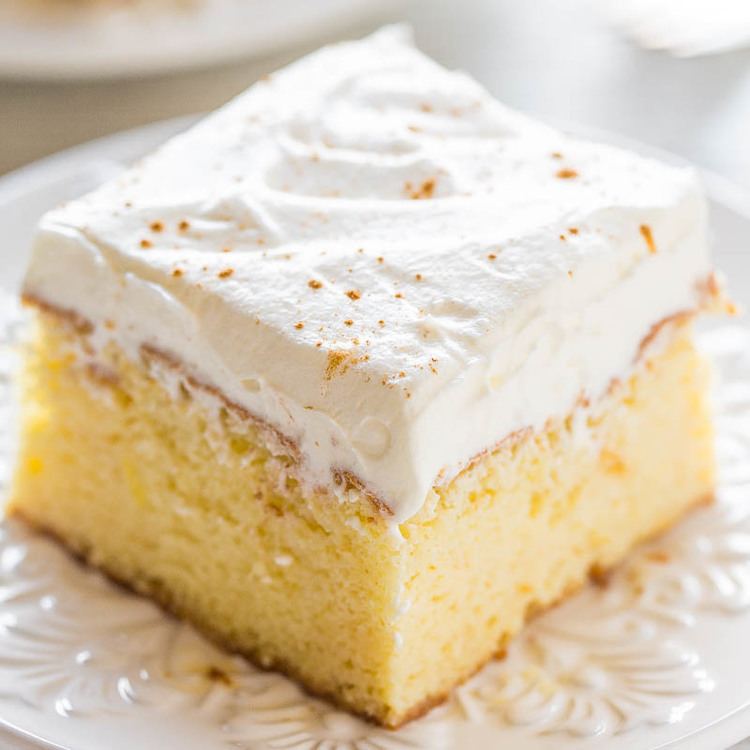
When butter is not used, the Tres Leches is a very light cake, with many air bubbles. This distinct texture is why it does not have a soggy consistency, despite being soaked in a mixture of three types of milk.
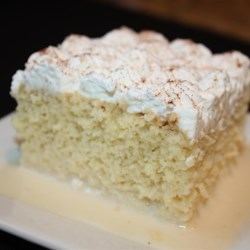
How to make tres leches cake
Popularity and origins
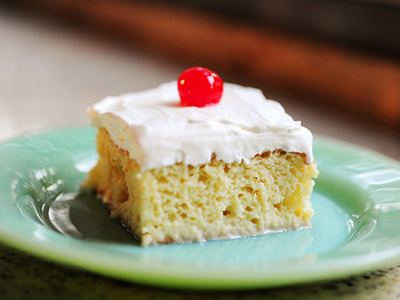
The cake is popular in Central and South America, North America and many parts of the Caribbean, as well as in Europe The origins of the tres leches are disputed; however, the idea for creating a cake soaked in a liquid is likely of Medieval European origin, as similar cakes, such as British Trifle and rum cake, and tiramisu from Italy, use this method. Recipes for soaked-cake desserts were seen in Mexico as early as the 19th century, likely a result of the large cross-cultural transfer which took place between Europe and the Americas. Recipes appeared on Nestlé condensed milk can labels in the 1940s, which may explain the cake's widely disseminated popularity throughout Latin America as the company had created subsidiaries in Argentina, Chile, Cuba, Colombia, Mexico and Venezuela in the 1930s. Others claim that it has origin from Albania south-eastern Europe. In recent years its popularity has increased in Turkey under the name of Trileçe.
Variations
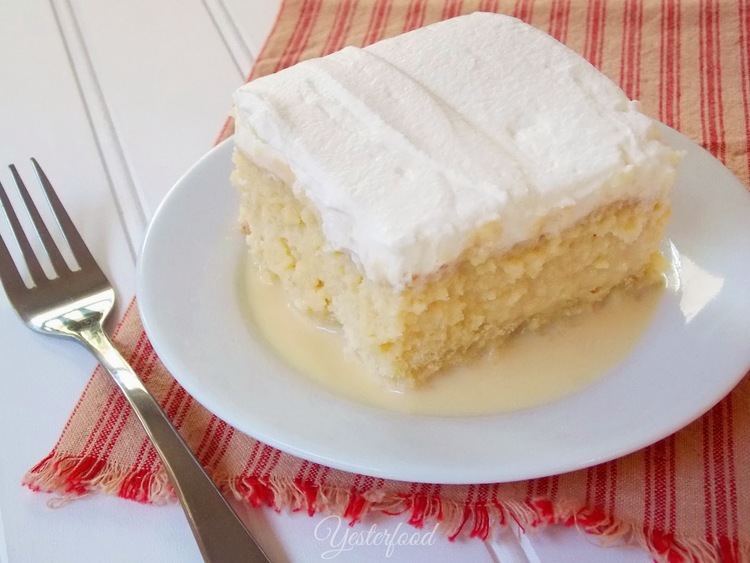
A variety of tres leches known as trileçe has recently become popular in Turkey. One theory is that the popularity of Brazilian soap operas in Albania led local chefs to reverse-engineer the dessert, which then spread to Turkey. The Turkish/Albanian version is sometimes made literally with three milks: cow's, goat's and water buffalo's, though more commonly a mixture of cow's milk and cream is used.
